Waldorf Quantum Mk2: Polyphonic aftertouch, more storage, new firmware
Waldorf takes its flagship synthesizer to the next level with some serious hardware and software updates. Is the Quantum Mk2 more of the same great synth or an evolution?
Quantum
We first saw the Quantum at Musikmesse in 2017. It marked a return to form in the most stunning of ways. A synthesizer that combined classic Waldorf wavetable technology with four other forms of synthesis. It then runs everything through a choice of analogue or digital filter models and explodes into deep and complex modulation possibilities.
The look was clean and ordered with a system of coloured LEDs to guide you around the synthesis models. The high-resolution touch-screen display that along with modulation routing and parameter information, also included an oscilloscope and signal analysis to aid in your sound design. It could sample and extract wavetables from audio; it would resonate, granulise and do real FM synthesis. It’s quite a machine.
Quantum Mk2
So is the Mk2 a revolution or just a bit of tweaking? Well, really, it’s more of a tweak and an upgrade rather than a redesign, but it’s a really solid one.
First of all the keyboard now has the polyphonic aftertouch that everyone has been after. It feels like had the original Quantum been released a year or two later; then polyphonic aftertouch might have been a no-brainer. But it arrived before Fatar had done the work on the TP8/SK keybed that appeared in last year’s Waldorf Iridium 49-key synthesizer. The Quantum Mk2 is the first time we’re seeing Fatar’s polyphonic aftertouch in a 61-key version.
The keyboard ties into the enormously powerful modulation engine in the Quantum. You can allocate expression on a per-key basis or use multiple dimensions globally across the keyboard. The Quantum Mk2 engine can also be fully controlled by any other MPE controller.
Next, the polyphony has been increased to 16 voices, although the dual-filter architecture of the analogue filters remains based on 8 voices. It’s the combination of analogue and digital filtering that opens up the possibilities within the 16-voice environment. This is all part of the new 3.0 firmware, which gives better voice management and control.
The original Quantum has a measly 4GB of sample storage. This has been upgraded to a more generous 59GB. This opens it up to much deeper sound libraries and is going to greatly enhance the polyphonic granular sampling engine and the multi-sample engine. The screen has also had an update to give it wider viewing angles and improved mounting.
Decent update?
It’s a really solid update that brings the Quantum back to the front edge of what producers and musicians are demanding from a flagship synthesizer. It doesn’t introduce any mindblowing new synthesizer features, but the poly-aftertouch, voice count and increased storage are very welcome indeed.
The Quantum Mk2 will be available from the end of January for €4,819.
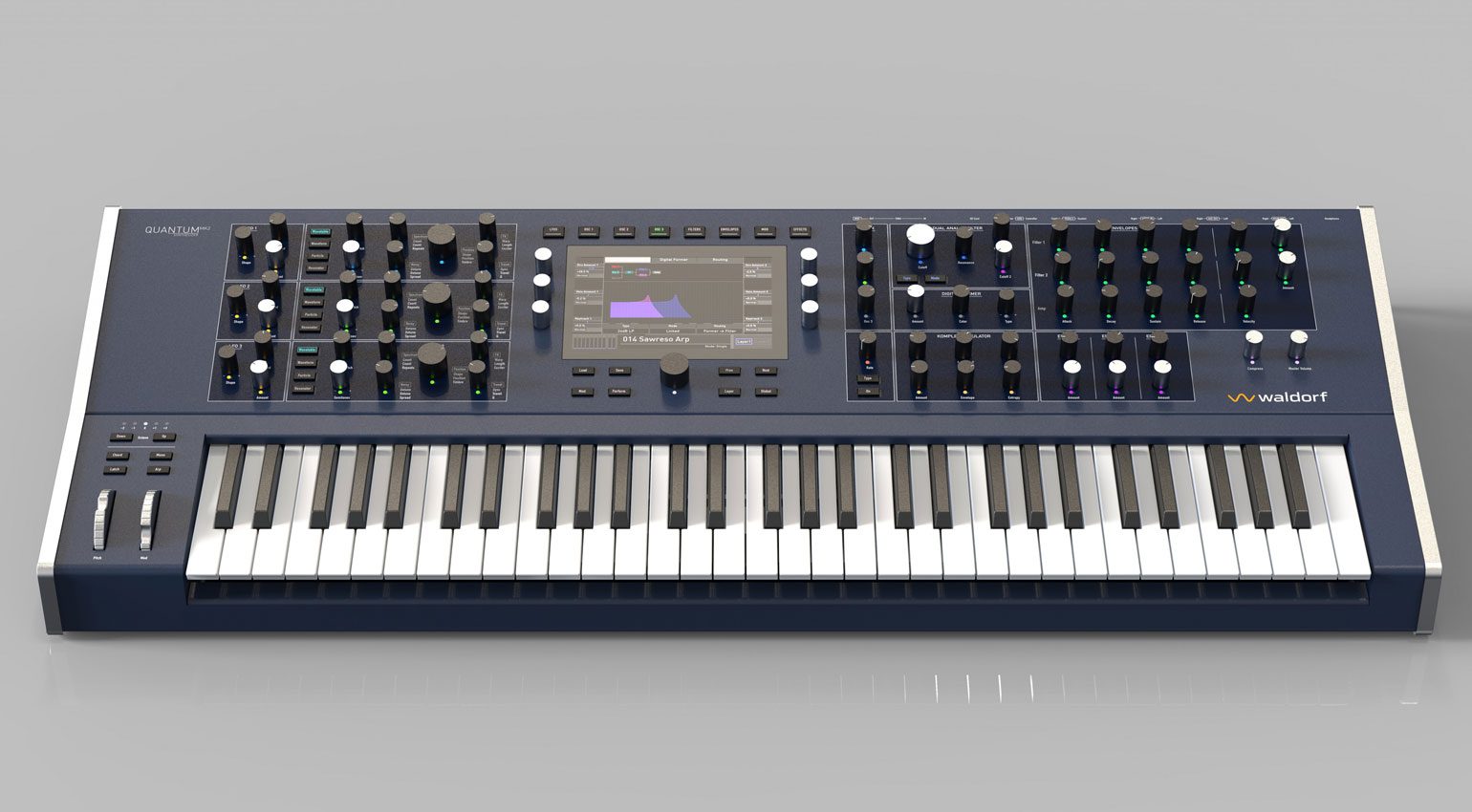
3 responses to “Waldorf Quantum Mk2: Polyphonic aftertouch, more storage, new firmware”
 4,4 / 5,0 |
4,4 / 5,0 | 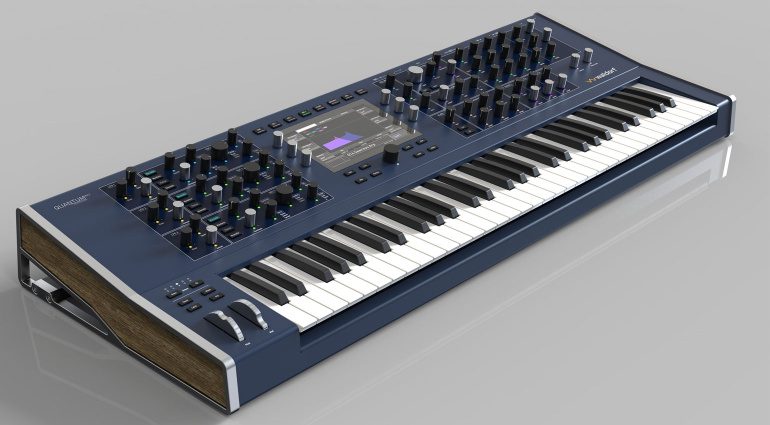

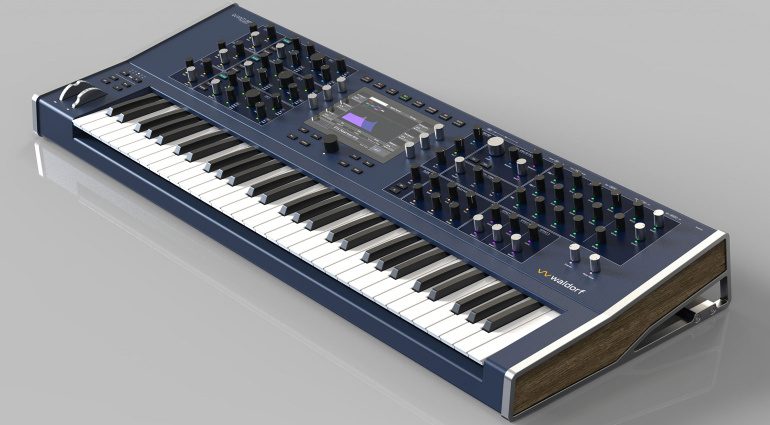

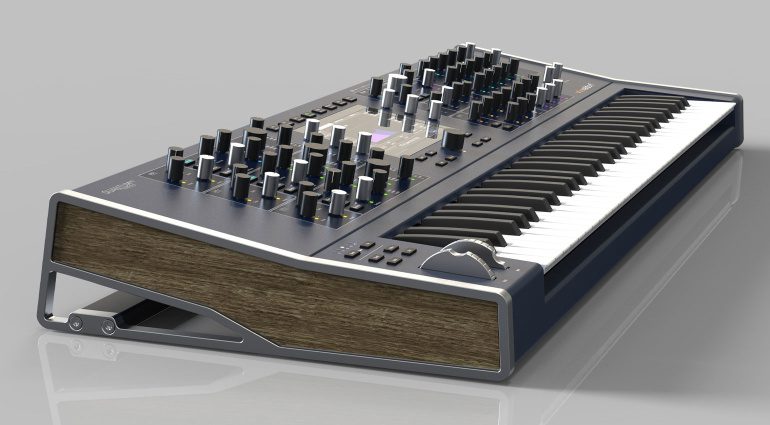






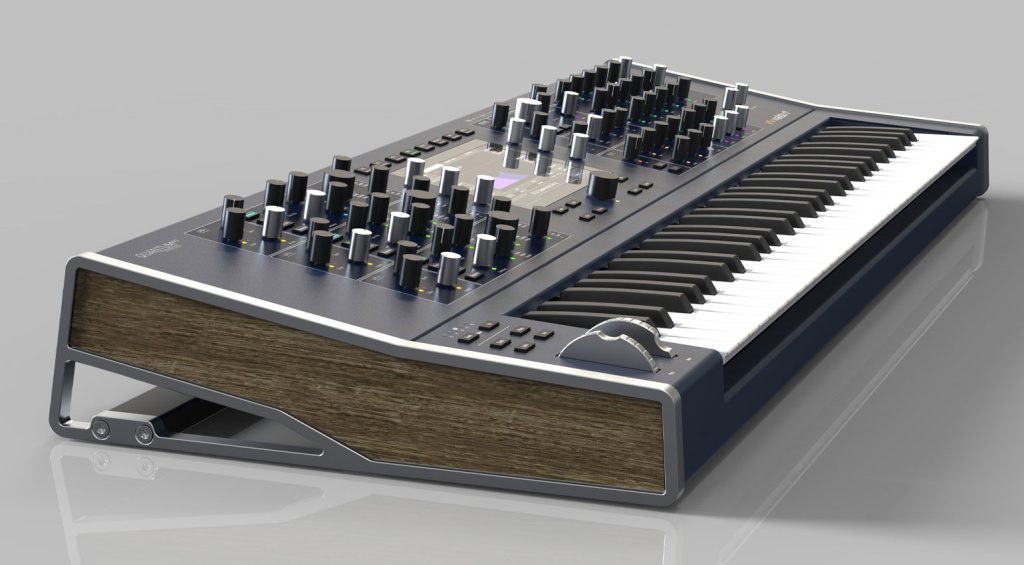

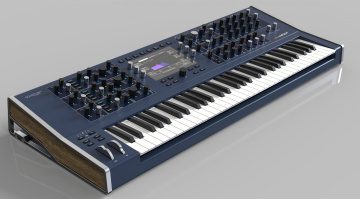

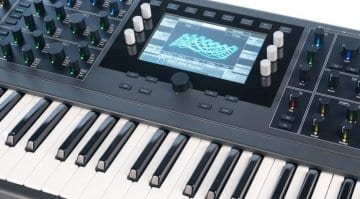


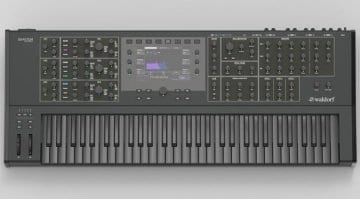

LOL – 4.7k € retail but a slight PCB redesign to integrate 8 more analog filters was too much effort / cost. Typical Waldorf hackjob, just like during the Q+ days.
Still not accessible to many. Cool n all but if the music isn’t there in your head, a $5k Rolls Royce of synths won’t write a hit song for you either.
I am interested